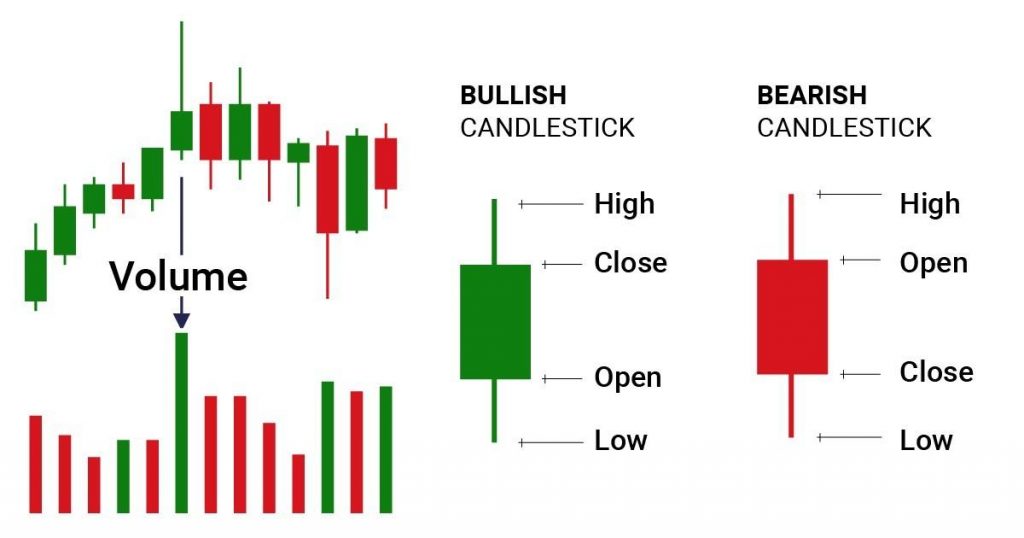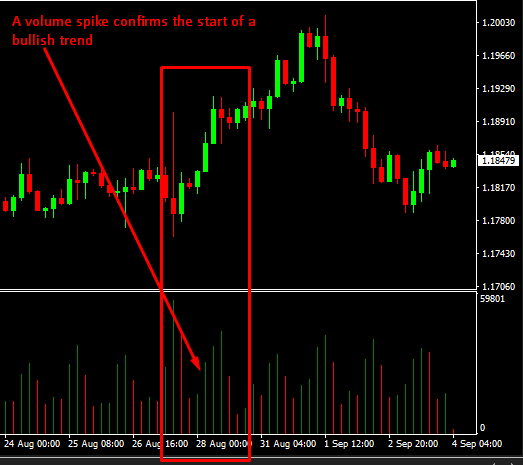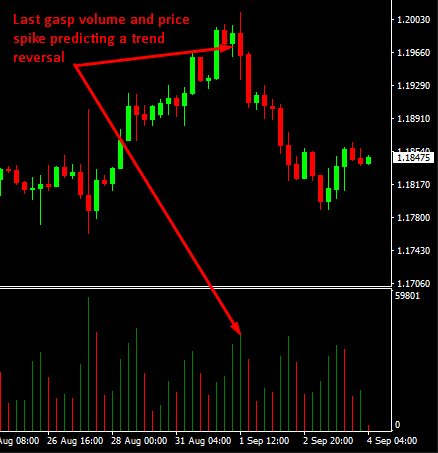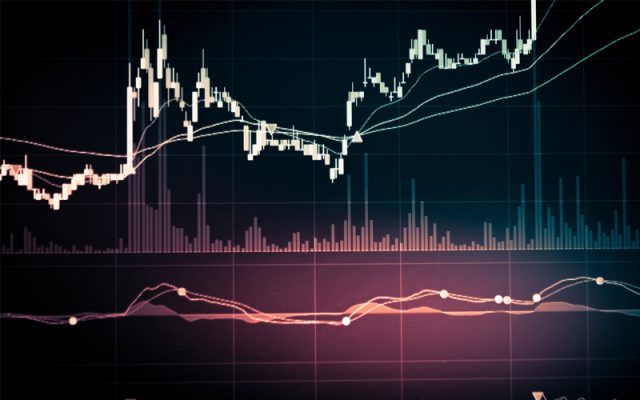All about volume trading and its importance
As a forex trader, using a volume trading strategy could be the best decision to make when aiming for profit maximization while covering your positions. The forex market presents you with myriads of possible trading strategies, but only the best at that time will amount to something good. Volume trading strategies are ideal when you need to improve your current trading plan to increase returns. This article walks you through tricks to use when leveraging volume to set up winning strategies.
In the first place, let us explain volume trading and why it is essential. Volume is a measure of the quantity of a given forex instrument traded in the market over a specified time. The market trades forex pairs at varying frequencies depending on the prevailing demand posture. Over time, the volume of forex instruments depicts patterns that one can track using volume indicators.

Volume indicators paint a picture of the behavior of the demand for the given instrument over the period in consideration. The indicators help a trader get a feel of the momentum’s strength in uptrends or downtrends of specific forex pairs. Volume data is critical during technical analysis.
Guidelines on how to approach volume trading
Volume is more useful if you know how and when to use it. Most importantly, the volume helps traders to determine the strength/weakness inherent in the direction of price action. Here are some tips to guide you through volume analysis (note that these guidelines are not absolute, and you might want to throw in additional indicators to confirm the signals):
- Use volume to confirm a trend
A trend is useful when you catch it early. But what happens when you go in early on what appears to be a trend formation only to find out it was a dead cat bounce? One way you can confirm trend formation is to observe the volume traded. If the price appears to be climbing, but the volume looks weak, you better hold on because you could be heading into a bull trap. If the price rises and volume enlarges, then that is an explicit confirmation of trend formation.

- Use volume to detect exhaustion moves
Exhaustion moves refer to the price and volume spikes at the peak of a market where buyers rush in to grab a piece of the action before a price reversal. It is an exhaustion move because it exhausts the number of buyers available to continue taking bullish positions. Such activities also happen during a sell-off. When volume begins to decline after the spike, this could confirm that a trend reversal is in the offing.

- Use volume to catch the bulls before they bolt
It is common for price to decline while volume advances. In such a case, a keen trader will take the chance to go long because an advancing volume often shows that a price rally is just about to happen. After the price moves up, watch out for its next move – if it declines but stays above the previous low, then a bull session might have kicked in.
- Use volume to detect price reversals before they happen
Successful trading means seeing in the future ahead of other players, and volume could help you achieve this. Volume comes in handy, especially when price action begins to plateau. If significant shifts in volume accompany price action plateaus but, you should read this as a signal for a potential reversal in price direction.
- Use volume to detect false breakouts
Breakouts are popular signals for market entry/exit, but they often mislead traders when they are false breakouts. A true breakout will be accompanied by heavy volume, meaning that the strength in the price momentum is sufficient to shift the market’s direction. Otherwise, weak volume indicates a market that lacks interest in pursuing a breakout, which might end up being a dead cat bounce.
Volume indicators
A volume trading strategy is incomplete, with a couple of indicators to help you gauge direction and momentum. They include:
- Money Flow Index (MFI) operates much like the relative strength index (RSI) but modified to incorporate volume. The MFI indicates momentum within price movements where it creates a money ratio by considering positive and negative money flow values of a given forex instrument. In other words, this oscillator measures the selling and buying pressure in the market in a given period. When the price of a forex pair rises, the MFI turns positive, and the opposite is true when the typical price declines. MFI values move between zero and a hundred, and it is most suitable for identifying price extremes and trend reversals.

- On balance volume (OBV) – this indicator incorporates price and volume in its calculations such that it behaves much like MFI. This cumulative indicator adds volume on the days the market is up, and it subtracts it when the market goes the opposite way. In essence, the indicator measures the flow of volume, which could be negative or positive. As such, it indicates the selling and buying pressure in the market. Unlike MFI, OBV is more sensitive to price movements.

- Klinger oscillator – this oscillator compares price movements of forex pairs with the volume traded to establish the trend of money flow. In other words, the Klinger oscillator is a combination of two moving averages – the moving average of price and that of volume – that traces both the long-term and the short-term behavior of money flow. The indicator is best utilized alongside additional charting instruments, such as price channels for more accurate signaling.
Conclusion
Volume trading is one of the best strategies in forex because the quantity of an instrument moved in a given time reflects the buying and selling pressures in the market. As such, the strategy is ideal for detecting trends and price reversals. Traders can also use volume to see false breakouts, as well as exhaustion moves. Indicators such as Klinger oscillator, OBV, and MFI are useful when designing a volume trading strategy.




